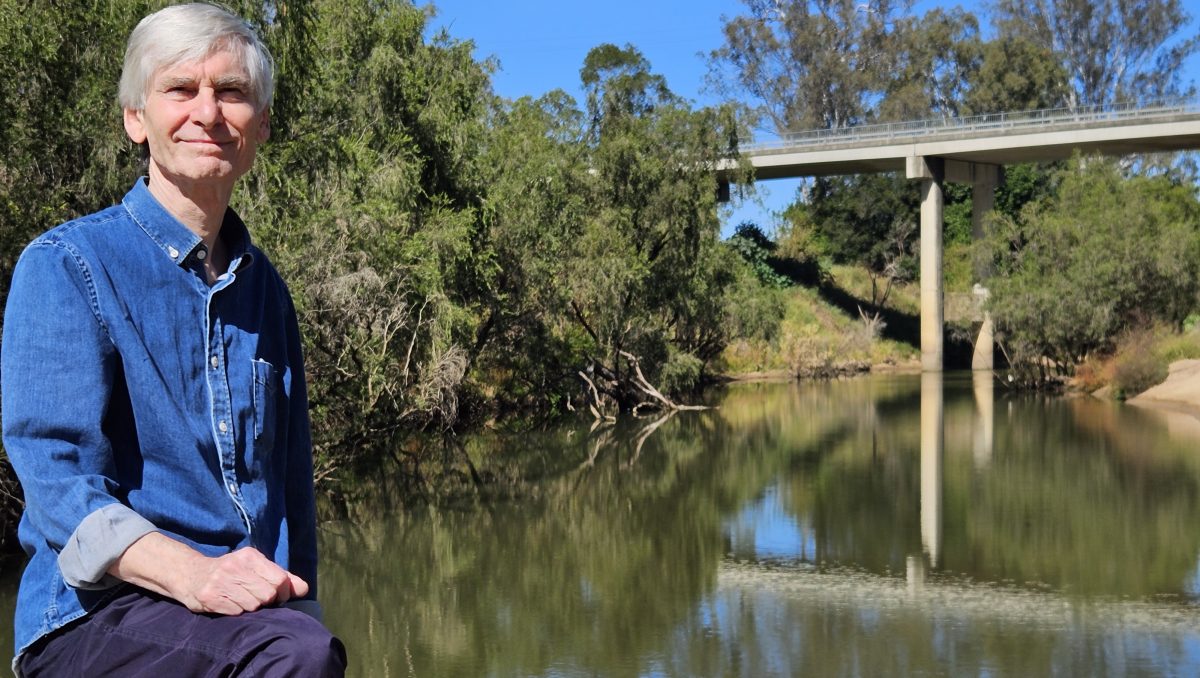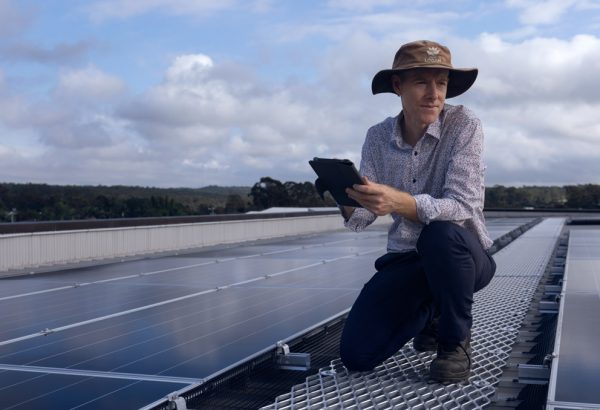Top marks for fish friendly section of Logan River
Plenty of Logan residents are proud of the city’s rivers and now there’s even more reason to boast about the waterways weaving through one suburb in particular.
A wide-ranging analysis of data collected as part of the Healthy Land and Water Ecosystem Health Monitoring Program from 4 river systems in Logan, Scenic Rim and Gold Coast local government areas has found that a portion of Logan River at Cusack Lane, Jimboomba, was the most outstanding when it comes to fish diversity.
In this area, 20 native species of fish were recorded. There were 38 species of fish recorded in total across the Logan River, Albert River and the Pimpama-Coomera Creek catchment. Many locations recorded a species count as low as 7.
Dr Kevin Warburton, freshwater ecologist and research fellow at Charles Sturt University, says fish are valuable indicators of ecosystem structure and can help assess the impact of environmental threats on our waterways.
‘Such a species-rich site is an indicator of healthy ecosystem function, and it is encouraging news for Logan River’s catchment managers,’ he says.
‘Many of the fish species found at the Jimboomba site appear to be vulnerable to local extinction so it’s an important site.’
Kevin says a loss of any of the species will have a ripple effect because their diet ensures nutrients are being recycled.
He says loss of species can happen due to many reasons, such as flooding, loss of trees and vegetation around the water’s edge, and interference from humans.
‘Lots of people don’t know how the slightest thing can impact an ecosystem – so you might get someone who puts a goldfish or other fish not native to the area in the waterways and then that just wreaks havoc on the fish population there,’ he says.
‘If you take trees away, there is more sunlight and more heat, which has an impact on algae blooms. You are also taking away leaves falling into the water which can provide nutrients.
‘Nothing in the ecosystem exists in a vacuum – everything depends on everything else so the smallest thing can have a big impact.’
Major flood events meant the Logan River catchment as a whole received a low ‘grade’ – but monitoring high-scoring areas such as that at Cusack Lane means researchers can look at the conditions there and use the information to improve other areas.
‘Many disturbed areas are hard to rehabilitate but we can look at the best sites to conserve and try to keep as many fish in place at as many locations as we can,’ Kevin says.
New development in a nearby housing estate has been planned in a way to reduce negative impacts on the adjacent river ecosystem. Council is committed to ensuring that development and other local human activities are managed in a way that protects and enhances our natural environment.
For further details about this project please contact Dr. Kev Warburton (Adjunct Research Fellow, Charles Sturt University) on 0434 584 474 or at KWarburton@csu.edu.au.
If you would like to learn how you can improve waterways on your property to help our local native fish populations, Council may be able to help you through its Environmental Conservation Partnerships, go to logan.qld.gov.au/ecp for more information.




